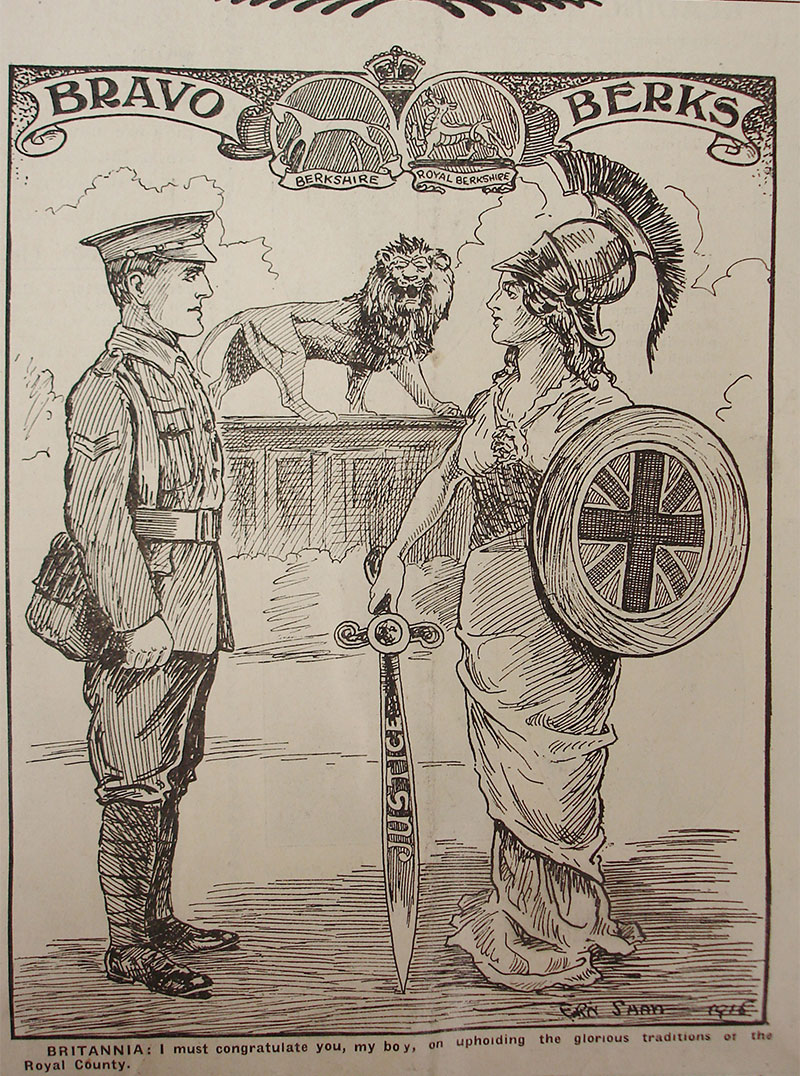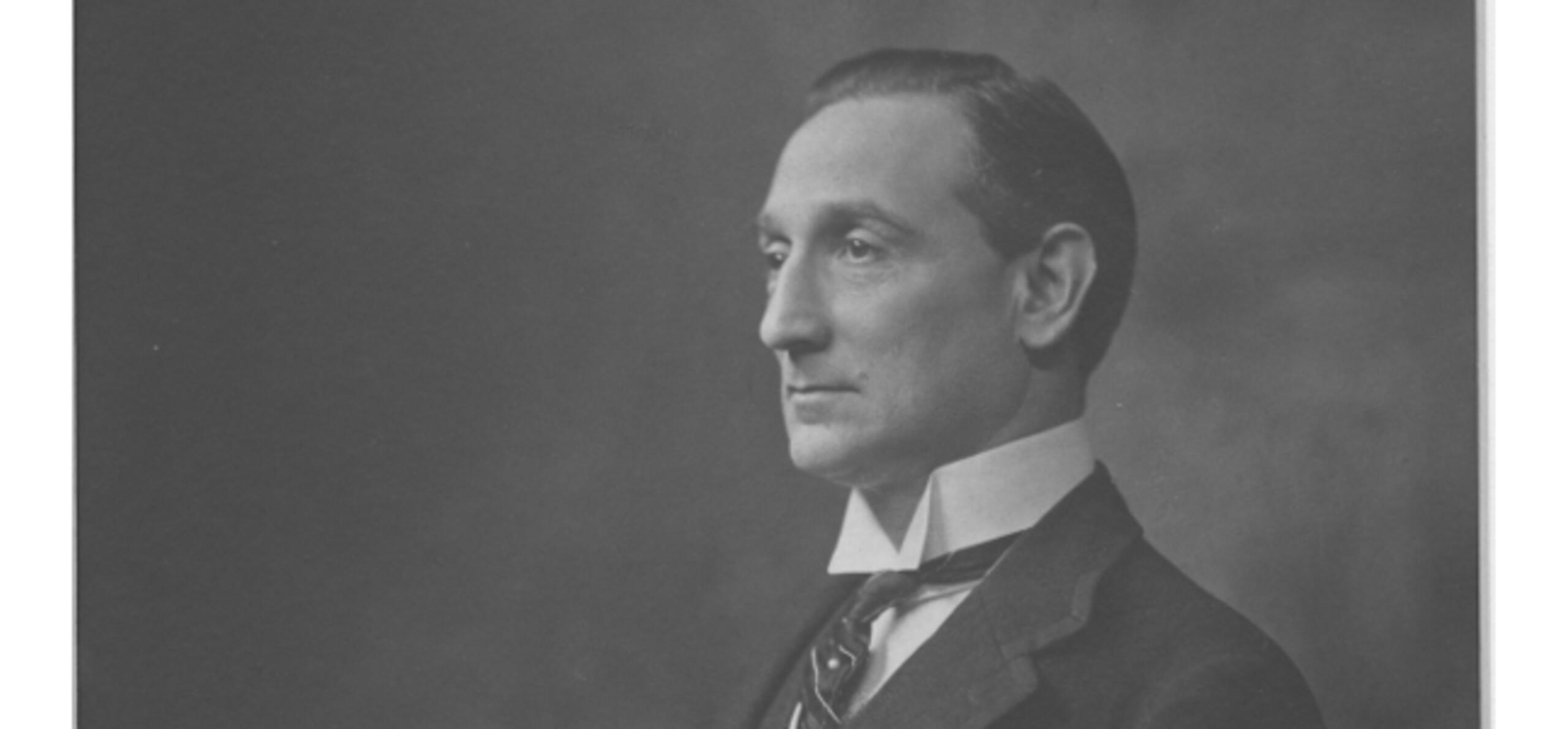Another year has now passed since we marked the centenary of the beginning of the First World War. We gain some sense of the length of time that our ancestors had to pass through, but it is harder to imagine how they must have felt as the war continued in what must have seemed like an endless struggle.
It was on 1 August 1914 when the Berkshire Chronicle stated:
‘The air is full of war. It is unthinkable that this country should be dragged into a war in which she has not a vestige of interest.’

The rainy scene outside the town hall on the morning of August 5 1914 when notices were pinned to the main entrances, announcing that war had been declared. (Image: Reading Libraries)
But the situation soon worsened with Austria-Hungary declaring war on Serbia, and Germany invaded Belgium with a plan to conquer France. Britain mobilised to defend France and Belgium and, just before midnight on 4 August, declared war.
Three long years later, the people of Reading were suffering badly. Food was in very short supply and by September 1917 a communal kitchen was opened at the Old British School on Southampton Street (still standing, but now flats). Within a few weeks hundreds of people from all sectors of society were using it and soon others were opened in Orts Road and Tudor Road.

The local newspapers carried patriotic messages about the proceeding of the war, depicting the heroic Berkshire soldier against the back-drop of Forbury Garden’s Maiwand Lion. (Image: Reading Libraries)
Over three days during August 1917, the Royal Berkshire Regiment had 32 men killed, 111 wounded and 79 listed as missing during the infamous Battle of Passchendaele. Thousands of bodies were buried in mud or smashed by shell fire, never to be recovered. These were indeed very dark days.
However, events would begin to take a turn. Lord Reading, Rufus Isaacs, the Lord Chief of Justice of England was a Reading resident, living at Foxhill House in Whiteknights. Following the outbreak of the War, he had increasingly been involved in government finances. In 1915 he went to the United States as President of the Anglo-French mission and secured a loan of $500 million. He was to return to the US in August 1917, this time as a special envoy with the object of persuading America to join the allies. In the following spring he went for a third time and was central to finally convincing the American government to send half a million troops to France. This can be regarded as a turning point in the First World War as the US joined with the French and British Armies and by August 1918 were driving forward in what was called ‘The Advance to Victory'.
After the War Issacs became Viceroy of India and, despite pursuing a conciliatory policy with forces for Independence there, he does also go down in history as the man who imprisoned Mahatma Gandhi in 1922.
If you would like to pay Isaacs a visit, his statue stands in Eldon Square on London Road (pictured at the top of this blog). It was made by Charles Sargeant Jagger who is best known for the Great War Memorial, ‘Sentry’, on Platform One at Paddington Station.





